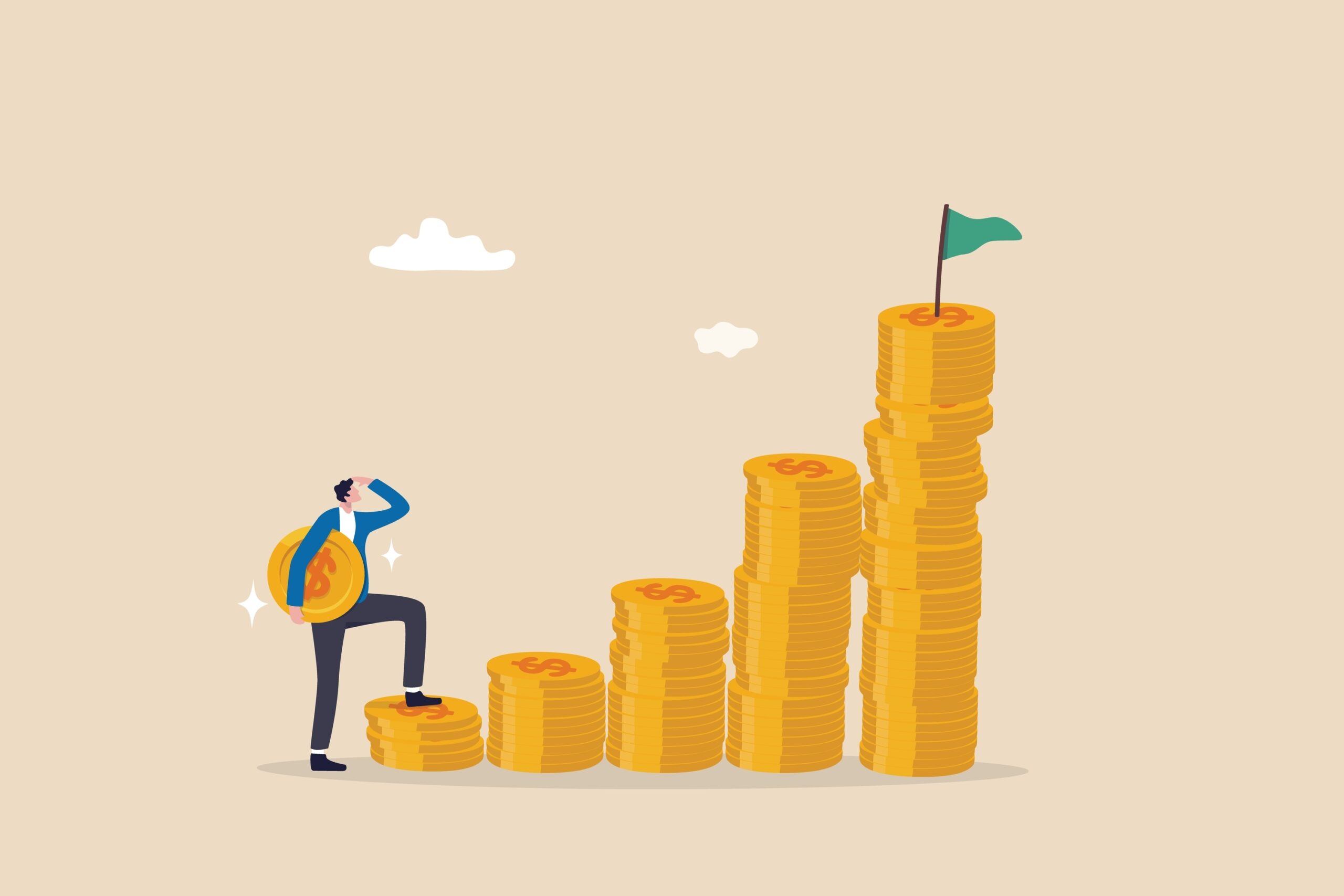Summary: Should I buy QQC or QQC.F?
The main difference between QQC vs QQC.F ETFs is their exposure to CAD Dollar – US Dollar currency fluctuations, commonly known as currency exposure. Both ETFs track the NASDAQ 100 (QQQ), but QQC exposes you directly to CAD-USD currency changes, while QQC.F is hedged to protect against these fluctuations.
Both QQC and QQC.F trade in CAD dollars, often called the “wrapper,” while holding US dollar securities, commonly known as the “candy” in this metaphor. This means the value of QQC changes with the CAD-USD exchange rate. If the Canadian dollar rises or falls against the US dollar, QQC’s trading price will reflect this change. In contrast, QQC.F uses a hedging strategy to minimize currency exposure, ensuring its performance closely matches the actual performance of the US securities it holds.
Investing in the NASDAQ is straightforward with the Invesco NASDAQ 100 Index ETF (ticker: QQC; or QQC.F for the hedged version), a passively managed fund by Invesco that tracks the NASDAQ 100 Total Return Index in Canadian Dollars. This makes QQC popular among Canadian retail investors seeking NASDAQ exposure with US Dollar involvement, whereas QQC.F is ideal for those looking to mitigate currency risk with Canadian Dollar exposure.
What are Index Funds?
Before diving more into QQC vs QQC.F, let’s go over the basics.
An index fund is a type of mutual fund or exchange traded fund (ETF) that aims to mirror a particular market. Index funds contain a tiny piece of all the companies included in a particular market index (e.g., S&P 500 or the Dow Jones Industrial Average).
Index funds offer a great vehicle to diversify your holdings, since it spreads out your money across many companies in an index. Instead of placing all your eggs in one basket (one security), you spread them out across multiple baskets.
For a deeper dive on index funds, check out this article: Index Funds 101.
What is Invesco?
Invesco was founded in 1935 and has grown into one of the world’s leading independent investment management firms. Today, Invesco offers a broad range of investment solutions, including mutual funds, exchange-traded funds (ETFs), and alternative investments, catering to individual and institutional investors globally.
Comparing QQC & QQC.F – The Stats
| QQC | QQC.F | |
| Management Expense Ratio (MER) | 0.21% | 0.21% |
| Dividend Yield | 0.37% | 0.37% |
| Withholding Tax (for Canadians) | 15% | 15% (remember, it’s just CAD hedged so it’s not in USD) |
| 3 Year Performance | 32.15% (annualized total rate of return over a 3-year period) | 30.38% (annualized total rate of return over a 3-year period) |
The 15% withholding tax for Canadians on both QQC and QQC.F results from their underlying US assets. This tax is applied to dividends and other income generated by the ETFs. Even though QQC.F is Canadian Dollar-hedged, it doesn’t affect the withholding tax, which remains at 15% due to the US origin of the underlying assets. This tax applies equally to both ETFs, impacting the overall returns for Canadian investors. Want to read more about this? Click here!
Should I Buy QQC or QQC.F?
Well, it depends!
If you’re interested in US Dollar exposure and are okay with the currency risk, QQC might be the better option. It provides direct exposure to the NASDAQ 100 ETF (QQQ) in US Dollars. However, keep in mind the potential currency conversion costs and fluctuations.
On the other hand, if you prefer to avoid currency risk and want to invest in a Canadian Dollar-hedged version, QQC.F is likely the easier choice. This ETF provides the same NASDAQ 100 exposure but with the added benefit of mitigating currency risk for Canadian investors, so your performance results are only reflective of the underlying assets, and not currency fluctuations.
To review the full details of QQC (which is a summary of QQQ, since it’s the unhedged version of the index that QQC tracks) or QQC.F from Invesco, click on either one.

